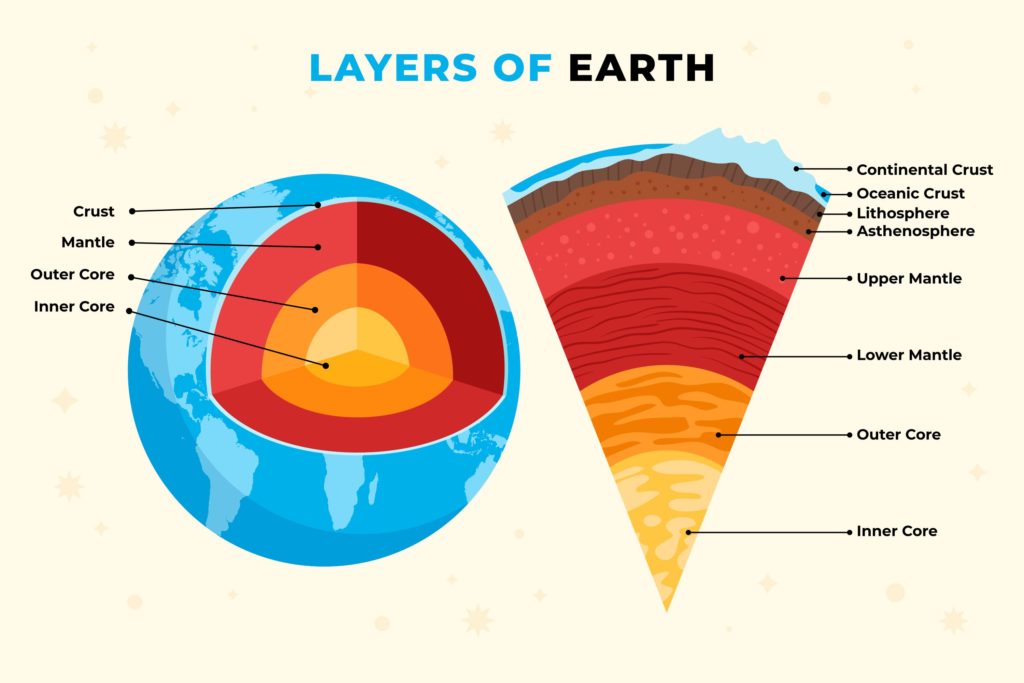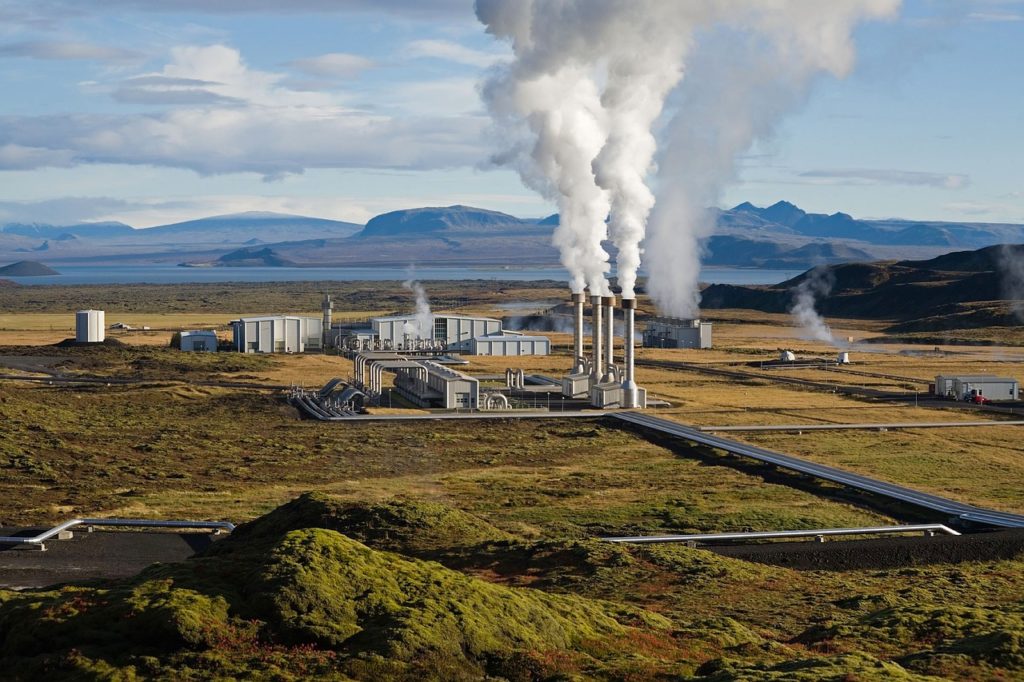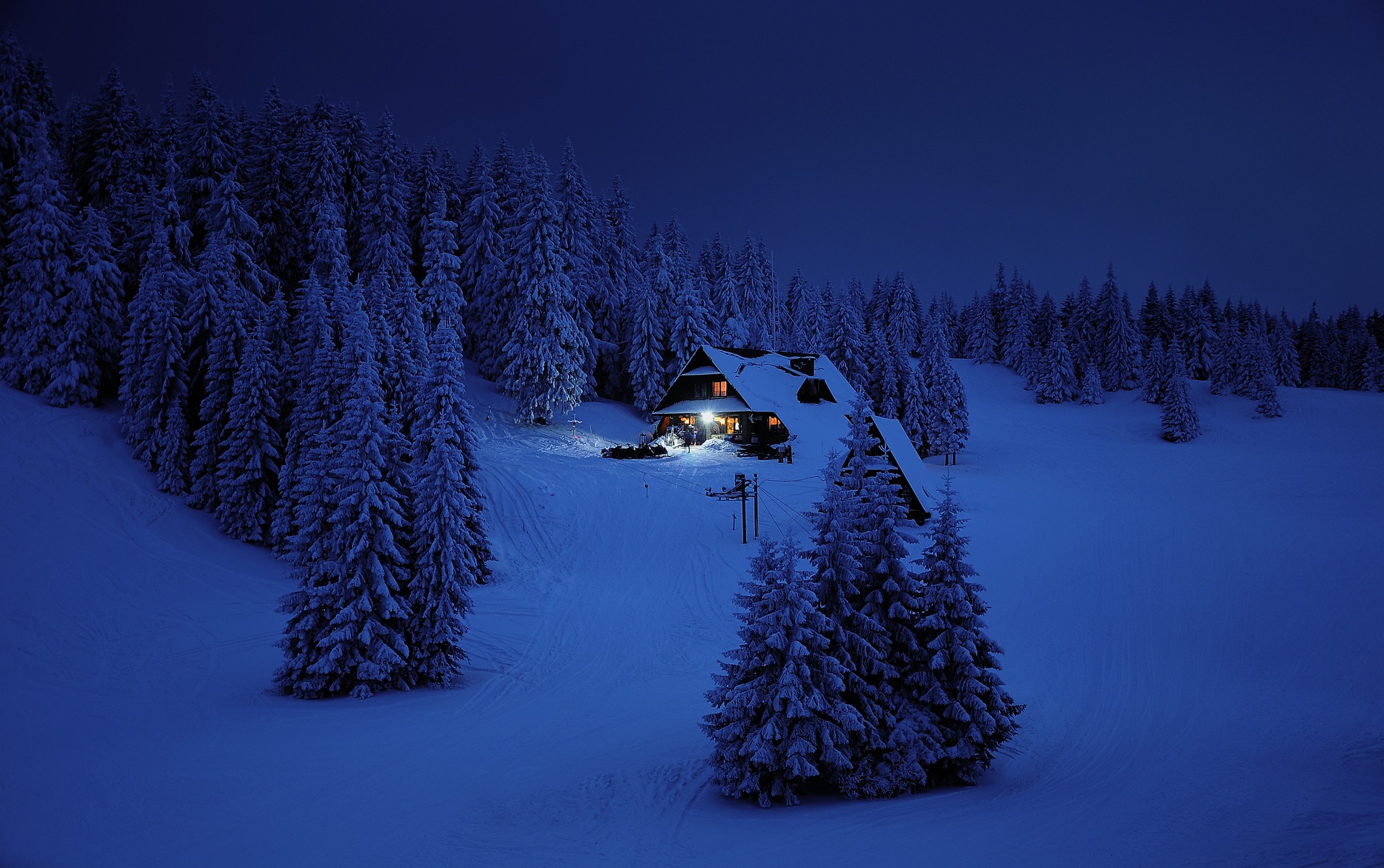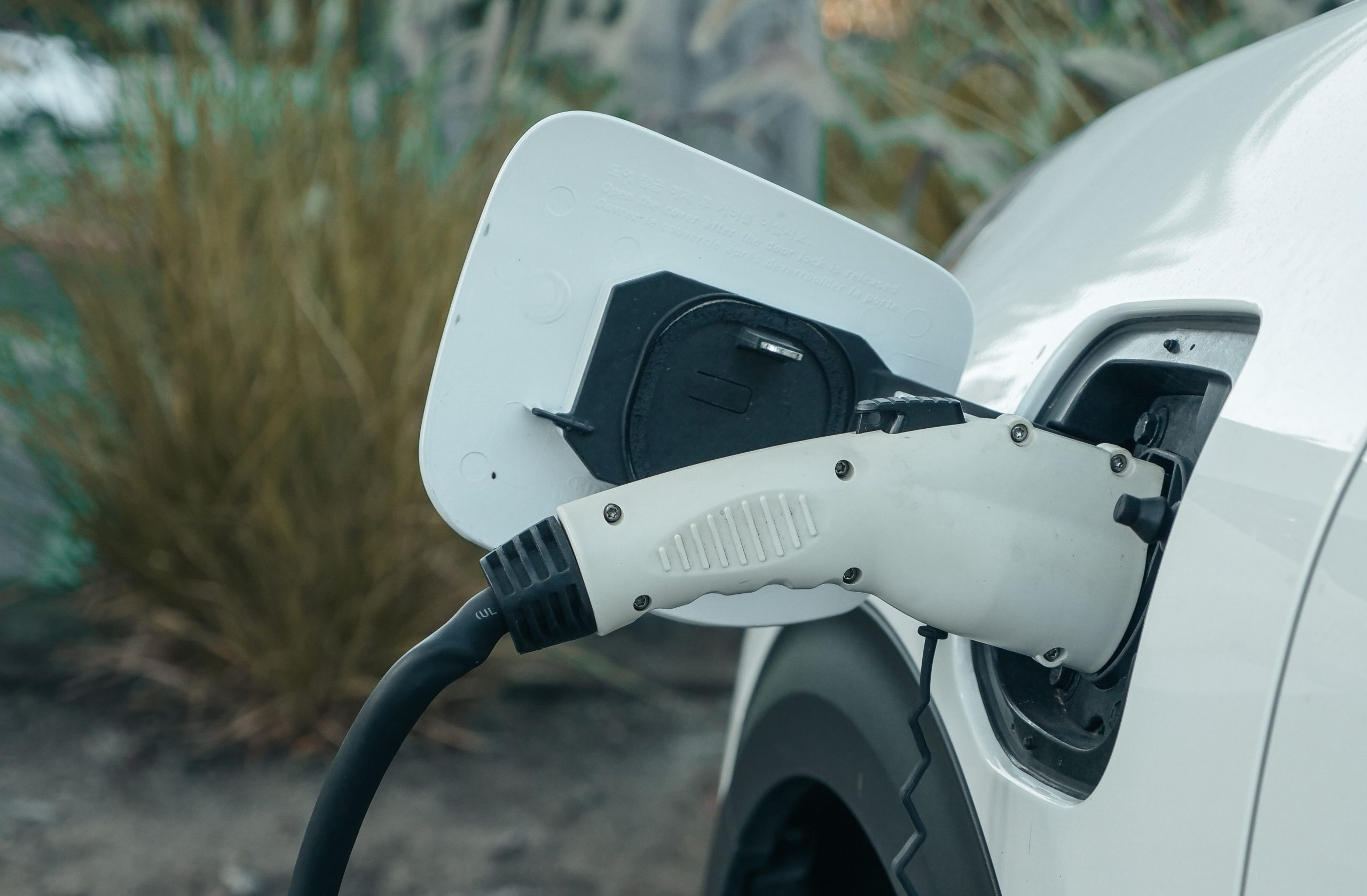Geothermal energy is often overlooked in the renewable energy sector, but it should come as no surprise that this renewable power source might be primed to rise and take its rightful place among solar and wind. By the end of this article, you will know everything there is to beginner’s level about geothermal power. This includes its advantages and disadvantages as well some key dates in the history surrounding geothermal energy.
From deep below the surface of our planet, geothermal energy is an amazing form of power we can access for all sorts of purposes! Whether it’s heating a home or generating electricity, this renewable source allows us to tap into Earth’s natural warmth and reap its potential. This internal heat of the planet is generated by natural processes such as the decay of radioactive materials and the gradual cooling of molten rock.
Geothermal power plants convert geothermal energy into electricity by using steam produced from the Earth’s internal heat, and by pumping hot water from underground reservoirs. The steam is then used to drive turbines that generate electricity. This type of power plant can operate 24/7 since it doesn’t rely on sunshine or wind like other renewable sources.
Geothermal Energy History
Geothermal energy has been used by humanity for around 10,000 years. Ancient cultures like the Romans, Chinese, and Mesoamericans used hot springs to bathe in and heal a variety of ailments. The first modern geothermal energy plant was established in Larderello, Italy in 1904. The plant was built by an Italian physicist named Piero Ginori Conti and generated electricity using steam from deep underground. The modern geothermal energy industry has grown rapidly since the 1970s, with hundreds of plants now in operation around the world. In 2011, Iceland became the first country to generate more than 25% of its electricity needs using geothermal power.
Geothermal Energy Timeline
8,000 BCE
Geothermal Energy used for Cooking
Native Americans used geothermal energy for cooking. Springs have been also a place of gatherings and relaxation
200 BCE
Huaqing Chi Hot Springs Pool
In the Qin Dynasty (221 – 206 BC), a stone pool was built and was given the name Li Mountain Hot Springs. This is the oldest known pool fed by a hot spring.
100 BCE – 100 CE
Roman Empire
Roman Empire became increasingly interested in geothermal after observing emissions of steam and geysers. To show their appreciation, they would build shrines around hot springs. Many sculptures and carvings suggest that people back then tried to establish a connection with gods.
100 CE – 1400 CE
Decline in Geothermal Energy Use
Following the Roman Empire’s collapse, there was a dramatic decrease in the use of thermalism and geothermal energy during the early Middle Ages.
1807
First Use of Hot Springs for Commercial Purposes
Europeans pioneered the use of hot springs for commercial purposes in the 1800s. John Colter, a settler heading west across the continent, was the first European to encounter hot springs as he explored present-day Wyoming. By 1830, Asa Thompson had established Arkansas’ Hot Springs city and charged visitors a dollar apiece to enjoy three spring-fed wooden baths . This marks the earliest known commercial utilization of geothermal energy.
1904
First Geothermal Power Plant
The first geothermal power plant was invented by Prince Piero Ginori Conti in Tuscany, Italy.
1960
The Geysers
A geothermal power plant at The Geysers has commenced operation. The Geysers, covering 45 square miles of land on the Sonoma and Lake County border, is currently the largest geothermal power plant in the world.
1972
Geothermal Energy Association
The Geothermal Energy Association (GEA) was created in 1972 by American companies working to develop and mine geothermal resources around the world for direct-heat uses and for generating electricity.
1989
First Hybrid Geopressure-Geothermal Power Plant
The world’s first geopressure-geothermal power plant to utilize both heat and methane from a geopressured resource went into operation at Pleasant Bayou, Texas.
Current State
Geothermal electricity generation is quickly becoming a major player in the global energy market. As of 2020, 26 countries have operational geothermal power plants with installations totalling 15.4 gigawatts (GW). The United States has the world’s largest installed geothermal capacity at 3.673 gigawatts (GW), accounting for almost a quarter of global online capacity. The majority of this, over 90%, is in California and Nevada. International markets for this renewable resource have been growing steadily at an average annual rate of 5% from 2015-2019 and it’s projected that by 2020 capacity could reach as high as 17.6 GW worldwide!
Countries leading electricity generation from geothermal sources based on the 2020 data.
- U.S.A – 3,700 MW
- Indonesia – 2,289 MW
- Philippines – 1,918 MW
- Turkey – 1,549 MW
- Kenya – 1,193 MW
Source: https://www.geothermal-energy.org/pdf/IGAstandard/WGC/2020/01017.pdf
Although only 26 countries generate electricity with geothermal energy, it is promising that this number has been growing in recent years. In 2015 alone, Belgium, Chile, Croatia, Honduras and Hungary joined the ranks of nations using geothermal energy for electric power. This trend is encouraging given that many other countries still rely on thermal resources for less efficient district or space heating, agriculture and aquaculture, and/or light industrial purposes.
Currently, there are many African nations adjacent to the East African Rift Zone being explored for geothermal power including Tanzania, Uganda, Rwanda and Malawi. Additionally, in the decade beginning 2020 it is possible that newly or greatly increased geothermally generated power will be online in Argentina, Australia Canada China Dominica Ecuador Greece Iran Montserrat Nevis Saint Lucia Saint Vincent and Taiwan. Although these initial geothermal power ventures may appear small (less than 20 MWe), this renewable energy source could potentially cover a large portion of the national power demand and add to the ongoing global switch to green power.
How Geothermal Energy is Produced
To understand geothermal energy, you must first understand the composition of our planet. The Earth is made up of four layers: inner core (solid iron), outer core (molten iron), mantle (magma and rocks), and crust (surface). Radioactive particles in these layers decay slowly over time, producing geothermal energy that comes from deep inside the Earth and conducts to its surface.

Geothermal energy comes from porous, water-filled rocks beneath the earth’s surface. To produce electricity from geothermal sources, medium-to-high temperatures are needed, but heat production can come from low-to-medium temperatures.
The average temperature 8 meters below ground is a balmy 12°C, more than enough to generate heat for both large buildings and individual houses. By drilling deeper, we can generate enough energy to heat not only smaller buildings but also larger areas, such as university campuses.
Deep geothermal drilling involves descending to depths of around 2 kilometres. The average temperature rises by 25°C for each kilometre in depth.
Geothermal energy has always come from areas where there was a lot of fluid, heat, and permeability. Now though, we can use something called enhanced geothermal systems (EGS) to drill into hot rock and create reservoirs of fluid. This way we can get geothermal energy from dry places too. Although high heat is more consistent at depths of 30,000ft (9,144m), it remains difficult to drill at those levels with modern technology.
Types of Geothermal Power Plants
Geothermal power plants need heat from a few kilometres underground to generate enough electricity. The heat can come from natural pockets of steam or hot water, but in most cases needs to be added with injected water that creates steam.

Dry-Steam Power Plants
The oldest type of geothermal power plant is a dry-steam plant, which uses natural steam from underground. This steam is brought directly to a power plant, where it turns turbines and generates electricity. The first dry-steam power plant was made in Larderello, Italy in 1911. Even today, the dry-steam power plants at Larderello provide electricity for more than one million people living nearby.
The only two places in the U.S. that have underground steam are Yellowstone National Park and The Geysers. Of these, The Geysers is the only place where a dry-steam power plant is currently in use. It also happens to be one of the largest geothermal energy complexes in the world, providing about a fifth of all renewable energy consumed within California.
Flash-Steam Power Plant
By utilizing naturally-occurring underground thermal energy, flash-steam power plants provide an efficient and renewable means of generating electricity. Hot water of approximately 180°C is pumped into a lower pressure vessel creating rapid evaporation – also known as “flashing” – which spins turbines producing electric power. Additionally, any remaining liquid can be flashed in another tank for further utilization of the heat source.
In Iceland, the use of flash-steam geothermal power plants is essential for providing an ample amount of electrical needs. This innovative process not only supplies energy to run homes and businesses but also helps keep roads and sidewalks safe during icy winter months by melting snow with steam-generated heat!
Binary Cycle Power Plants
Binary cycle power plants use a revolutionary process to generate energy while conserving water. Heat is sourced from the Earth and travels underground, reaching temperatures of up to 182° C (360° F). This hot water then heats an organic liquid with a lower boiling point than water, creating steam which powers turbines that produce electricity. The only emission in this sustainable system is harmless steam- no pollutants or contaminants! Additionally, the same heated water can be recycled back into the ground for repeated reuse as needed.
The Beowawe Geothermal Facility in Nevada utilizes the innovative binary cycle to produce electricity. Tetrafluoroethane, an organic compound and industrial refrigerant, is used at this facility as a low-boiling point greenhouse gas which powers turbines connected to electrical generators.
Enhanced Geothermal Systems
Our planet has an unrivalled wealth of natural energy and heat stored beneath its surface, yet in many areas remains unusable for geothermal power generation. This is because to be used as a viable source of power these underground regions must possess three essential components: they need to be hot, permeable by liquid and contain fluid too. Enhanced geothermal systems (EGS) are unlocking the potential for renewable energy production even in sites with dry but warm rock layers via drilling, fracturing and injection processes.
An EGS is created by drilling a precisely engineered injection well that penetrates anywhere from 1 kilometre (0.6 miles) to 4.5 kilometres (2.8 miles). Cold water is injected at high-pressure fractures and expands the rock, forming an underground reservoir of fluid capable of transferring energy from the surrounding rocks to injected liquid.
Water is pumped down an injection well to absorb heat from rocks deep in Earth’s surface. This heated liquid then flows back up through a production well and heats another fluid with a low boiling point inside a pipe. As this secondary fluid evaporates into steam, it powers turbines that generate electricity—all without any gaseous emissions other than water vapor!
Environmental Impact of Geothermal Energy Use
Geothermal energy is an environmentally friendly resource that will not run out. The Earth has been generating heat for 4.5 billion years and will continue to do so for billions more because of the radioactive decay taking place in its core. Geothermal electricity is an attractive clean energy source, emitting a fraction of the emissions that coal-fired power plants generate. In addition to its low carbon footprint, geothermal projects often occur in volcanic regions whose natural de-gassing processes may be mitigated by their presence – leading to reduced greenhouse gas release overall!
Chemical
Geothermal power plants can utilize further emission-reducing strategies to reduce the risk of pollution even further. Some stations have advanced technology allowing them to convert carbon dioxide into dry ice and sequester it back in the earth’s depths. Caution must be taken as trace amounts of toxic chemicals may also exist on geothermal sites – if released these substances could cause serious environmental damage. Therefore modern practices such as re-injecting wells with geothermal water ensure that contaminated material is safely removed from our ecosystems.
Land Stability
In New Zealand, the Wairakei field experienced subsidence due to such construction activities. Earthquake risks are a major concern with water injection associated with enhanced geothermal systems – in Switzerland, the project was suspended after seismic events measuring up 3.4 on Richter Scale were detected over six days of operation at Basel; while Staufen im Breisgau is an example where uplift has been caused by drilling related to geothermal development too! Even natural cycles like those of erupting geysers may be disrupted as evidenced when Nevada’s Beowawe wells fell silent following dual-flash station construction nearby.
Space Requirements
Geothermal has minimal land and freshwater requirements. Geothermal stations use 404 square meters per GW·h versus 3,632 and 1,335 square meters for coal facilities and wind farms respectively. They use 20 litres of freshwater per MW·h versus over 1000 litres per MW·h for nuclear, coal, or oil.
Climate Effect
Local climate cooling is possible as a result of the work of the geothermal circulation systems. However, according to an estimation given by Leningrad Mining Institute in the 1980s, possible cool-down will be negligible compared to natural climate fluctuations.
Economy
Despite its long-term economic and environmental benefits, geothermal energy is still largely untapped as a primary source of power due to costly initial infrastructure investments. Drilling wells alone can make up nearly half the expense when building out this type of renewable system – however, once setup costs are taken care of, running such projects becomes an affordable endeavour with low overhead.
Several companies are working on using existing oil and gas wells to capture geothermal heat instead of creating new ones. With money already having been invested into these wells, it becomes more financially appealing to extract the geothermal energy, thus decreasing costs overall.
Geothermal energy has the potential to be profitable in more ways than one. Alongside renewable electricity production, geothermal projects can also be used for mining valuable metals like lithium – an essential component of electric car batteries that are currently sourced mainly from China. Scientists are investigating whether extracting this mineral resource cost-effectively through harnessing the power of heat beneath Earth’s surface could become a reality, possibly reducing global reliance on imported supplies and having a major impact on both economics and sustainability efforts alike!
Geothermal energy is a more efficient and less costly option in the long run than other renewable energy sources. The initial investment may be higher, but geothermal plants can last 30-50 years or more with little required maintenance. Additionally, using geothermal to generate electricity has the lowest external cost of any type of fossil or renewable energy source.
New Technologies in Capturing Geothermal Energy
The geothermal power industry is ripe for disruption and companies are rushing in to capitalize on a newly opened market. With their technological advances, these innovators could revolutionize energy production and make sustainable resources the norm.
Repurposing existing wells
Wells2Watts, a consortium led by Baker Hughes, is pushing for a renewable revolution. The consortium, in partnership with its industry affiliates, has set out to transform outdated and abandoned wells into sustainable sources of energy production that can reduce our global dependency on fossil fuels.
The consortium is exploring the possibilities of taking an existing well nearing its end of life and turning it into a source for not only renewable energy production but also geothermal technology opportunities. The goal? To unlock new paths towards sustainability while reducing the initial adoption costs!
Deeper Drilling
Another startup that is advancing the technology behind geothermal power is Quaise Energy. By replacing traditional drill bits with millimetre wave energy, they can heat up and vaporize rock at deeper depths than ever before. This innovative approach creates new opportunities for accessing renewable sources of power from below ground levels – which could be a game changer in our quest for clean energy!
Combining conventional drill methods from oil and gas industries, they are able to break down harder rocks more efficiently than ever before. This revolutionary process first tackles layers closer up top using tried-and-true technologies then powers into depths with their proprietary millimetre wave energy drill! The company is aiming to have 20km deep wells within 3 months; for reference, the deepest 12km well took over six years to drill (Kola Superdeep Borehole). The true extent of this technology’s power won’t be known until it has been further tested, but if it continues to succeed, this might be the discovery that allows geothermal energy to play a role in generating electricity.
Conclusion
Geothermal power generation is a reliable and consistent source of electricity that can be produced regardless of weather or fuel availability. However, more research needs to be conducted to make the technology more widespread and reduce upfront drilling costs. Hopefully, this will happen in the near future so that geothermal energy can be added to the mix of energy production.
While there are some upfront costs associated with drilling, the long-term benefits of having a consistent electricity source that doesn’t rely on weather or fuel make geothermal energy an attractive option. We need to do more research into this valuable resource so that we can start tapping into its potential on a larger scale. What do you think? Is geothermal energy something your country should explore further?






